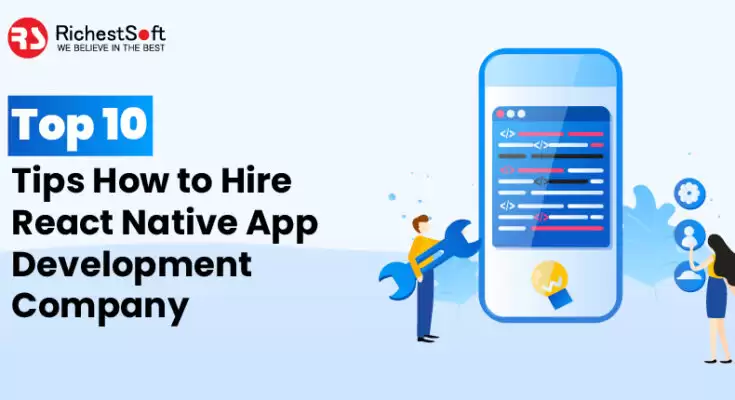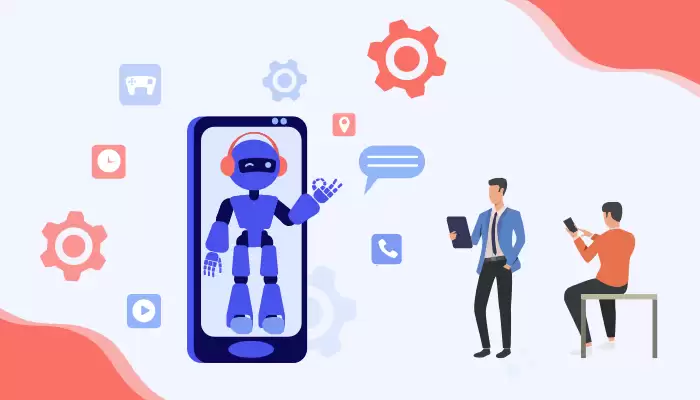AI models can be custom-developed to perform a host of business tasks. However, for each purpose, the AI model will have to be trained with the right kind of data. This is made possible through various data annotation processes, namely video, audio, text, and image annotation.
All these are necessary because, despite the rise of images and video as the primary means of data representation, text still holds sway in multiple business functions. Those images and videos are likely to contain textual and auditory data in them. Recognizing and analyzing such data can be done by AI models that have been trained for the tasks. The company like Oworkers use this technique to provide accurate results for using an AI/ML model.
Here is a quick rundown of things that you must know about audio and text annotation before you can develop or use an AI/ML model. We’ll also discuss how you can utilize text and audio annotation services to expedite the efficiency of the process.
What Are Text and Audio Annotations?
Enterprise data is littered with various data types that require separation for processing. That is possible when they are identified accurately by an AI algorithm.
Text annotation experts add tags for textual data to identify the data and separate it from the rest of the content in a sample. The process is repeated for multiple data samples, according to different predefined categories, as the AI model gets more accurate with more training data.
It’s the same with audio annotation, where relevant audio data snippets are identified and tagged using various techniques to help the AI recognize them, identify them, and remember their utility.
When trained with such labeled data in many cycles, the AI model can differentiate text and audio contexts from the rest of the data in any setting.
Types Of Audio Annotation
● Sound Labeling
Here, experts separate sounds in an audio set and label them based on their content. This type helps to identify and extract key phrases and words in the audio samples.
● Event Tracking
It is used when the audio data content closely resembles real-world conditions with multiple audio sources present in them. It helps evaluate system performance in such situations, especially in the presence of overlapping sounds.
● Speech-To-Text Transcription
This type forms the core of Natural Language Processing (NLP) technology as it helps transcribe speech into text. At the same time, the content’s important components like words, sounds, punctuation, etc. are annotated.
● Audio Classification
The audio version of image classification, where audio data is listened to and analyzed for discerning sounds and various voice commands. It is at the core of virtual assistants, automatic speech recognition, and other technological developments. It consists of the following sub-categories:
- Acoustic Data Classification
In this technique, annotators precisely locate a sound recording based on various environments like corridors, rooms, open halls, open fields, etc. It helps maintain libraries and is used for monitoring systems functions.
- Music Classification
Specific to music, it helps classify music data based on various characteristics like genres, instruments, ensemble, etc. It is useful for organizing music libraries and tracking recommendation algorithm improvement.
- Environmental Sound Classification
It is performed when there’s a need to match certain sounds to environments they are most likely to be found. It is useful in developing security systems that rely on sound detection.
- Natural Spoken Language Classification
It is used to aid chatbots, virtual assistants, and other such technologies in the understanding of human speech. It processes minute details like dialect, semantics, inflections, etc.
Types of Text Annotation
● Entity Annotation
It is the text annotation technique used to locate, extract, and tag various entities in text. The process involves analyzing the sample, locating text snippets, highlighting its entities, and labeling them using tags from a predefined set. It is combined with entity linking to enhance the output. It has the following subcategories:
- Named Entity Recognition
Entities are annotated using proper names.
- Keyphrase Tagging
Keywords and keyphrases are accurately located and labeled in a data set.
- Part-of-Speech Tagging
Identifies and annotates functional elements of speech like adjectives, nouns, etc.
● Entity Linking
It is used to connect entities from the previous type to others in large repositories of similar data. The labeled entities are connected via URLs that provide more information about them. There are two subcategories of this type:
- Disambiguation
Involves linking named entities to knowledge bases containing information about them.
- End-To-End
A joint process involving the analysis and annotation of entities within a text data set. It is also named entity recognition and is done alongside disambiguation.
● Text Classification
Also called text categorization and document classification, in this technique, data annotators go through a data set to analyze it, distinguish its various qualities, and classify it. It is used when an entire body of text data has to be attached to a single label. It has the following subcategories:
- Document Classification
Used to classify documents for sorting and text-recalling purposes.
Helps sort various products based on intuitive classes and into numerous categories to improve search results. Annotation experts choose the right category from a predetermined set.
- Sentiment Annotation
Recognizes the sentiment, opinions, and emotions present in text data and labels the chosen segment respectively. Useful for detecting those in large data sets.
● Linguistics Annotation
The process used to tag language in text data, it is also termed corpus annotation. Text annotation professionals recognize and flag the data’s phonetic, grammatical, and semantic components, mainly for NLP application development. It has four subcategories:
- Discourse Annotation
The process by which anaphors and metaphors are associated with their respective antecedent and post-cedent subjects.
- Semantic Annotation
The annotation of word definitions.
- Phonetic Annotation
The labeling of various components of natural speech like pauses, intonation, and stress elements.
- Part-of-Speech Tagging
The annotation of different function words.
Conclusion
Audio and Text form an intricate part of enterprise data, either by themselves or in conjunction with image/video data. However, you will need annotation experts to process these in-house. On the other hand, with the help of text and audio annotation services, you can identify and extract relevant data components for AI training at a cost-effective rate and in a short time.








